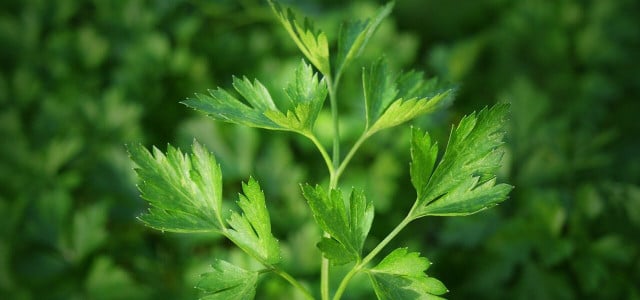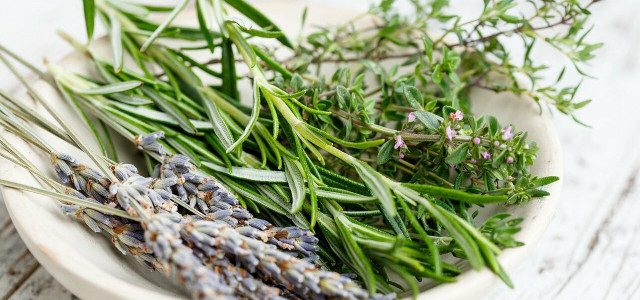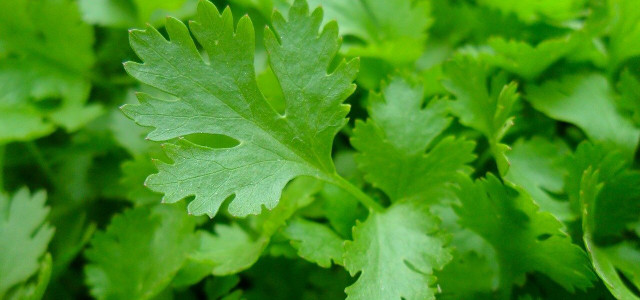Parsley is a popular herb which can be used to elevate any recipe with ease. Learn how to dry parsley with two simple methods so you can have access to this savory herb all year round.
Parsley is one of the most commonly used culinary herbs and can add a clean, and earthy flavor to many dishes. Though it’s typically associated with Italian cuisine, parsley has a wide variety of uses ranging from green juice to falafel. If you have a green thumb, try adding parsley to your kitchen herb garden so you can have unlimited access to the fresh herb throughout the year. Parsley can be used fresh or dried, so learn how to dry parsley yourself.
Why Dry Parsley?
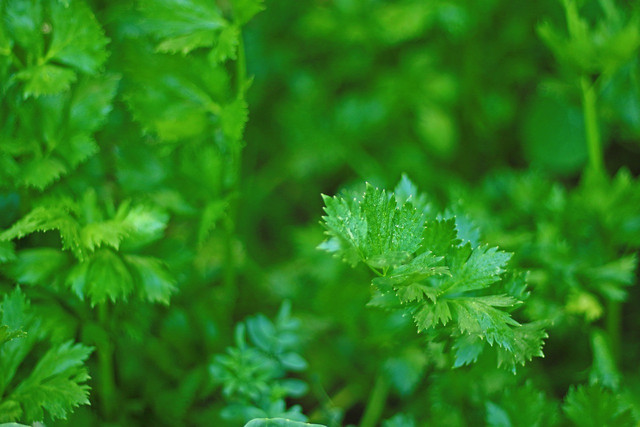
(Foto: CC0 / Pixabay / outsideclick)
Food preservation is beneficial for a number of reasons, though it is especially useful in reducing food waste and saving the summer and fall harvests for winter. Drying is one of the easiest method of preserving herbs and requires little equipment.
Many herbs can be dried to preserve the oils, nutrients, and flavor of the plant so they can still be used when cooking, or even in teas. Even though drying parsley will slightly alter the flavor when compared to the fresh herb, there are many reasons to try drying your own parsley:
- Long lasting: fresh parsley only lasts about a week or two, whereas dried parsley can be kept for several months, up to a year.
- Avoid food waste: if you have an excess of the fresh herb you can’t use before it goes bad, learn how to dry parsley to avoid food waste.
- You don’t have a green thumb: if you have a hard time keeping plants alive, don’t bother trying to keep fresh herbs growing by the window. Dry parsley instead to have access to this herb year-round.
- Convenience: having dried parsley on hand is convenient for quick meals with little to no planning.
- Elevate dishes: dried parsley is great for many cuisines and commonly used in many Italian dishes like pasta, bruschetta, or as a garnish for something simple like bread and olive oil.
Different Types of Parsley
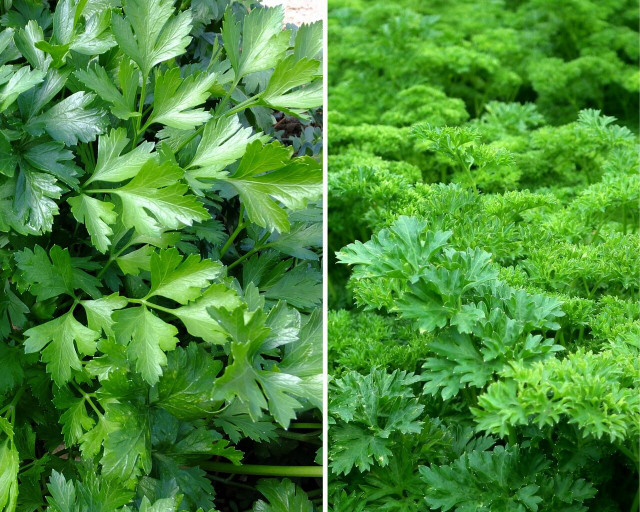


(Foto: CC0 / Pixabay / baakk, AllNikArt )
The two most common types of parsley are very unique and have their own flavor profiles. Both types can easily be dried using the methods listed below.
Curly Leaf
Like its name suggests, this vivacious herb sprouts curly leaves which are thicker and ruffled. It comes in a bright green color and is characterized by a subtle and refreshing flavor that gets more bitter with time. The taste is clean and peppery making curly leaf parsley a well-rounded, versatile herb to utilize in your kitchen.
Flat Leaf
This broad, flat-leaved parsley is characterized by its bold, aromatic flavor and ranges in color from dark green to bright, leafy green. Its flavor profile is slightly peppery, with hints of citrus, clove and nutmeg. Using Italian parsley will help brighten flavors in your dishes – just don’t confuse it with cilantro.
How to Hang Dry Parsley Indoors



(Foto: CC0 / Pixabay / sbaynham)
A hang-dry method is the simplest technique of drying herbs like parsley.
Here’s how to dry parsley indoors:
- Begin by rinsing the parsley in cool water.
- Shake off excess moisture and sort out any leaves that are bruised, wilted, or otherwise inedible.
- Tie the herbs into bundles of about 4 to 6 branches.
- Hang them to dry.
- It’s best to hang them in a dry room away from direct sunlight (this will help retain more color and flavor).
- Once dried and crispy, they are ready to be stored in a sealed container like a spice jar.
Tip: To catch any leaves that fall while the parsley dries, place a paper bag around the upside-down bundle of parsley. Punch a few holes in the bag near the top to allow for better circulation.
How to Dry Parsley in the Sun
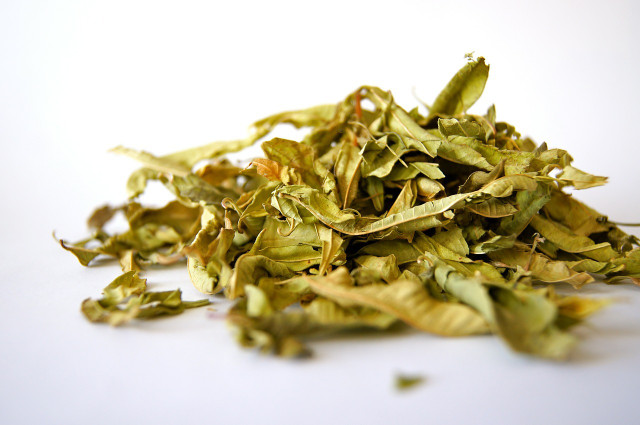


(Foto: CC0 / Pixabay / weinstock)
This method is best for hot, bright, and sunny days. Sun-drying herbs generally takes 3 to 4 days. If there is any chance of rain or high humidity, this method will not be effective and you should opt for a different method such as oven drying.
While oven drying is an easier method of drying herbs because of the ability to control the environment with a set temperature, it takes many hours to complete and will yield lower quality dried herbs than the hang-dry or sun-dry methods. Choosing the oven-dry technique is also less environmentally friendly as it requires you to use your oven for at least several hours.
For sun-dried parsley, you will need a clean screen, which will help circulate air thoroughly around the herb.
Here’s how to dry parsley in the sun:
- Wash the parsley leaves and separate them individually.
- Press the leaves between a thin cloth to dry out the water.
- Place the parsley flat, individually on the screen.
- Keep the screen in an area that gets lots of sun all day.
- Turn the leaves several times throughout the day to ensure each side of the herb receives sunlight.
- This method will take a full day to fully dry the parsley.
- The parsley is completed when the plant is completely dry and crispy and falls off the stem easily.
- Store dried parsley in a container such as an old spice jar.
Tip: If attempting to sun-dry parsley in a windy area, stack a baking sheet over the parsley that’s laying on the screen. Making sure the screen fits within the baking sheet, flip the sheet and screen over so the baking sheet is on the bottom and the screen is on top. This will keep the parsley in place better and lower the chances of leaves flying away.
Read more:
- Urban Gardening: 6 Creative Tips and Ideas for Small City Gardens
- Growing and Keeping Basil Fresh: Tips for Kitchen Herbs
- Homemade Pesto: Easy Recipe in Just 5 Steps
Do you like this post?






